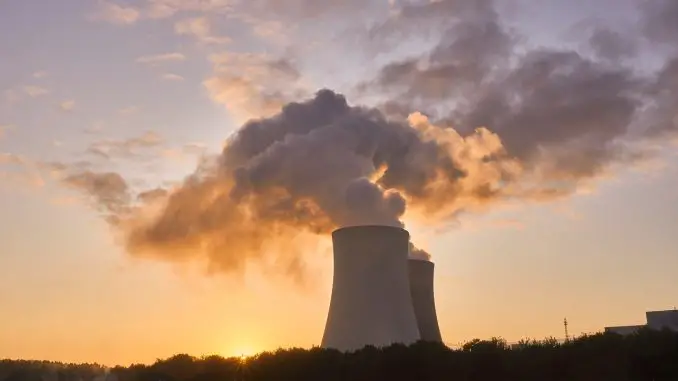
There are two types of reactors, namely boiling and pressurized water reactors. Both types are so-called light water reactors.
A nuclear power plant works in much the same way as a power plant that is fired with coal, oil or biofuels. It’s all about boiling water so that steam is formed that drives a turbine.
Then there is a generator on the turbine that converts the motion energy into electricity. The difference between the power plants is that fuel is used to boil the water. Nuclear fuel is used in a nuclear power plant. By splitting uranium atoms into the fuel with the help of neutrons, large amounts of energy are released that heat the water.
The uranium cleavage, in turn, releases new neutrons. For the neutrons to continue to split uranium atoms, they need to be slowed down, moderated. The neutrons are breaked with the help of water, so-called light water. This type of reactor is therefore called a light water reactor.
Light water reactors are simpler and cheaper than heavy water reactors, but require enriched uranium for operation, while heavy water reactors can use natural uranium.
Using the energy in the heated water is done according to two different principles in reactors: the boiling water principle and the pressurized water principle.
Leave a Reply